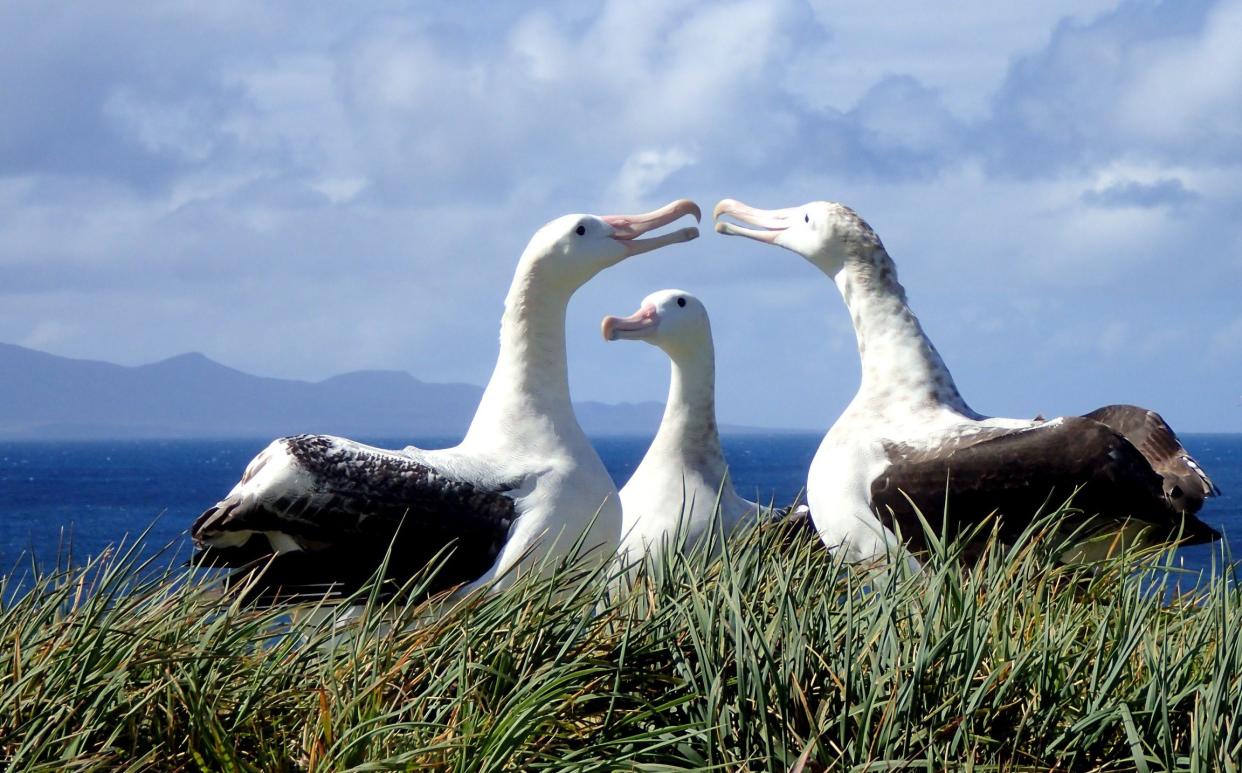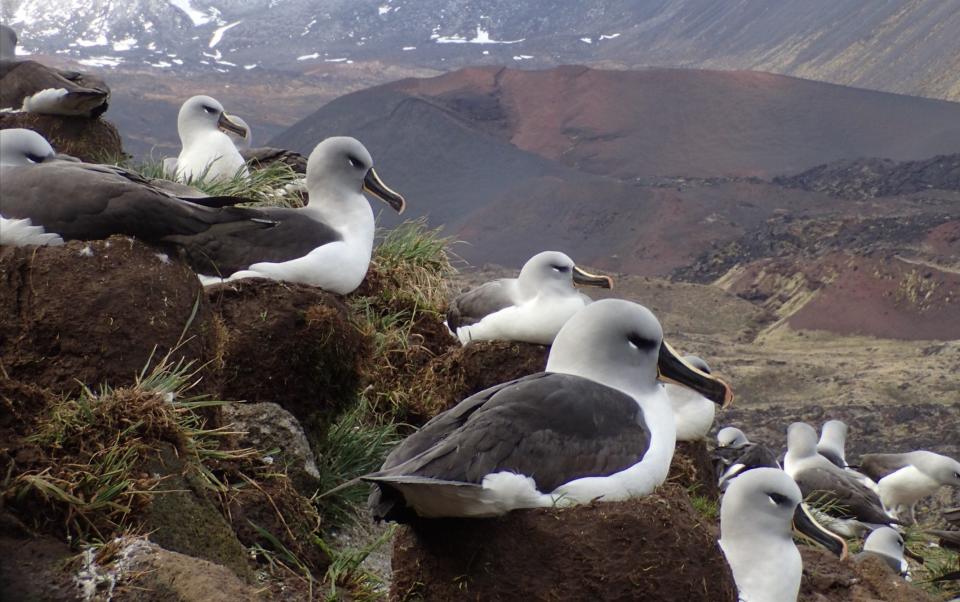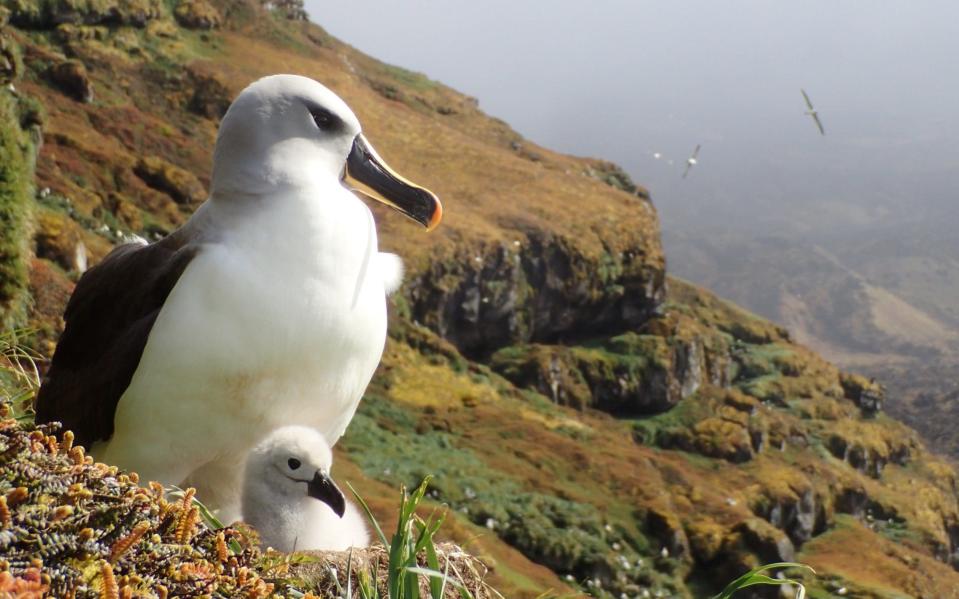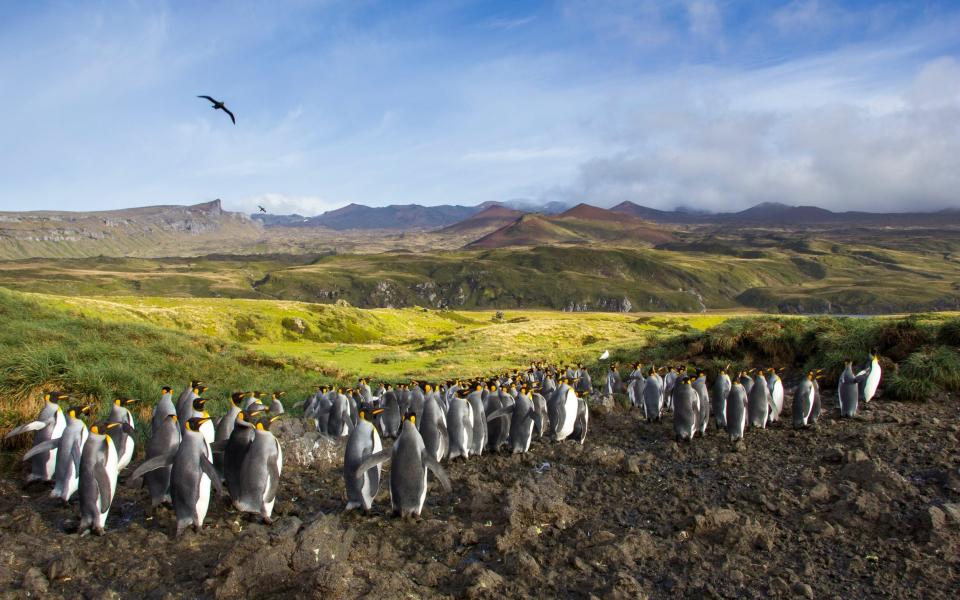Mouse apocalypse on the horizon for island of rare seabirds

Conservationists are launching the largest ever mouse eradication project, as they attempt to protect rare island seabirds from marauding rodents.
Non-native house mice introduced to Marion Island by 19th Century sealers risk wiping out 19 of 28 species of breeding seabirds within the next 30 years.
Important species at risk on the island between South Africa and Antarctica include the famed wandering albatross.
A warmer and drier climate in the past 30 years has seen mouse numbers grow sharply. They have devastated the island's invertebrates and plants and taken to preying on birds as an alternative source of food.
The mice are eating chicks and even adults of both surface-nesting and burrowing seabirds. Without intervention, many species are expected to become locally extinct.


Keith Springer, operations manager for the Mouse-Free Marion Project, said: “The need is urgent and clear for Marion Island’s globally-important seabirds which include the iconic wandering albatross, other albatrosses, petrels and prions.
“Without immediate action their continuing existence on the island will be compromised.”
Work will begin in 2025 when a fleet of helicopters is ferried by sea from South Africa and used to spread poison bait from under-slung buckets across the entire 155-square mile island.
The project says this is the only method that has proven successful in eradicating rodents from other large islands, such as rats on South Georgia.
Mark Anderson, chief executive of BirdLife South Africa, said the plan built on expertise from more than 600 invasive species eradication projects on islands around the world.
He said: “Removing mice from Marion Island will help secure the ecological integrity of this important sub-Antarctic island as well as the future for the millions of birds who live there.
“But it means much more than that, as it will leave a significant and lasting conservation legacy even beyond saving iconic seabirds as it will restore an important island ecosystem.”

Marion Island is home to a quarter of the world’s wandering albatrosses, as well as millions of other seabirds and seals.
The albatross has the largest wingspan of any living bird, which can reach up to 11ft. It also breaks records for its epic roaming trips across the Southern Ocean, when it can be carried thousands of miles on the wind.
The new Duke of Edinburgh has agreed to be a patron to the project.
Barbara Creecy, South Africa's environment minister, said: “Very few South Africans have visited, or will ever get a chance to visit, the country’s sub-Antarctic Marion Island.
“Yet hundreds are making their donations towards eradicating the island’s albatross-killing mice via the Mouse-Free Marion Project.”
Protect yourself and your family by learning more about Global Health Security

 Yahoo News
Yahoo News 
